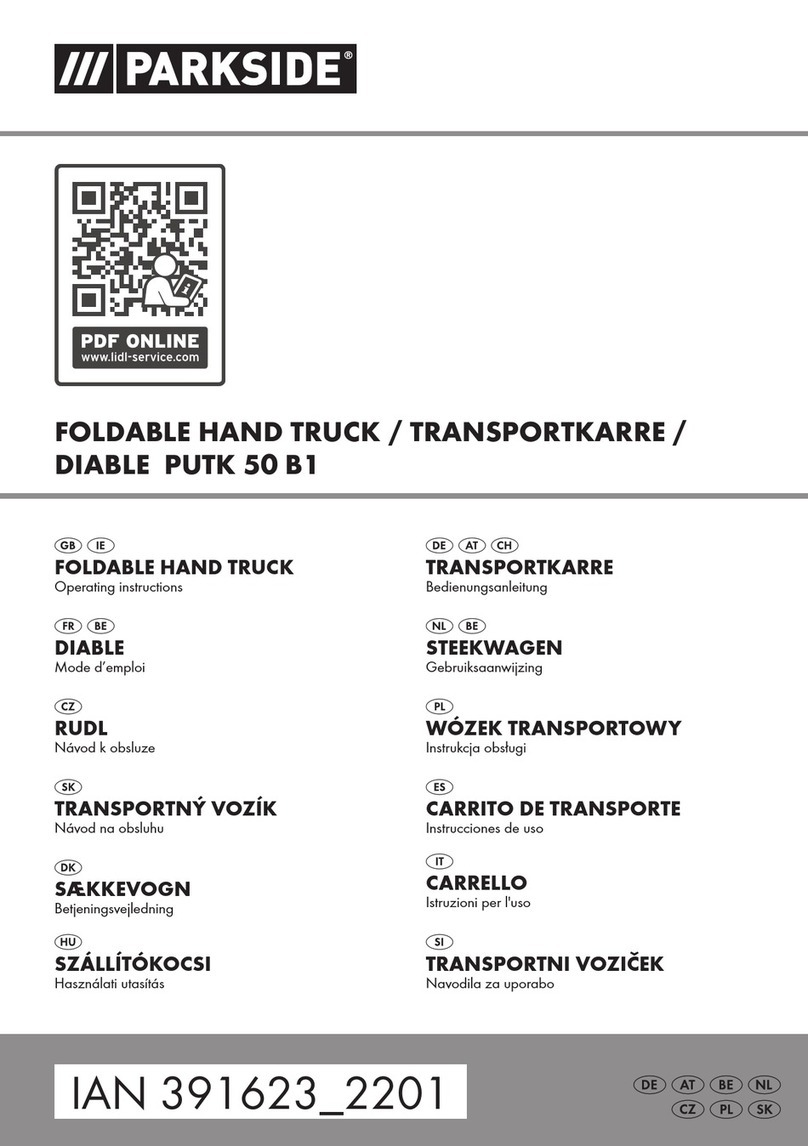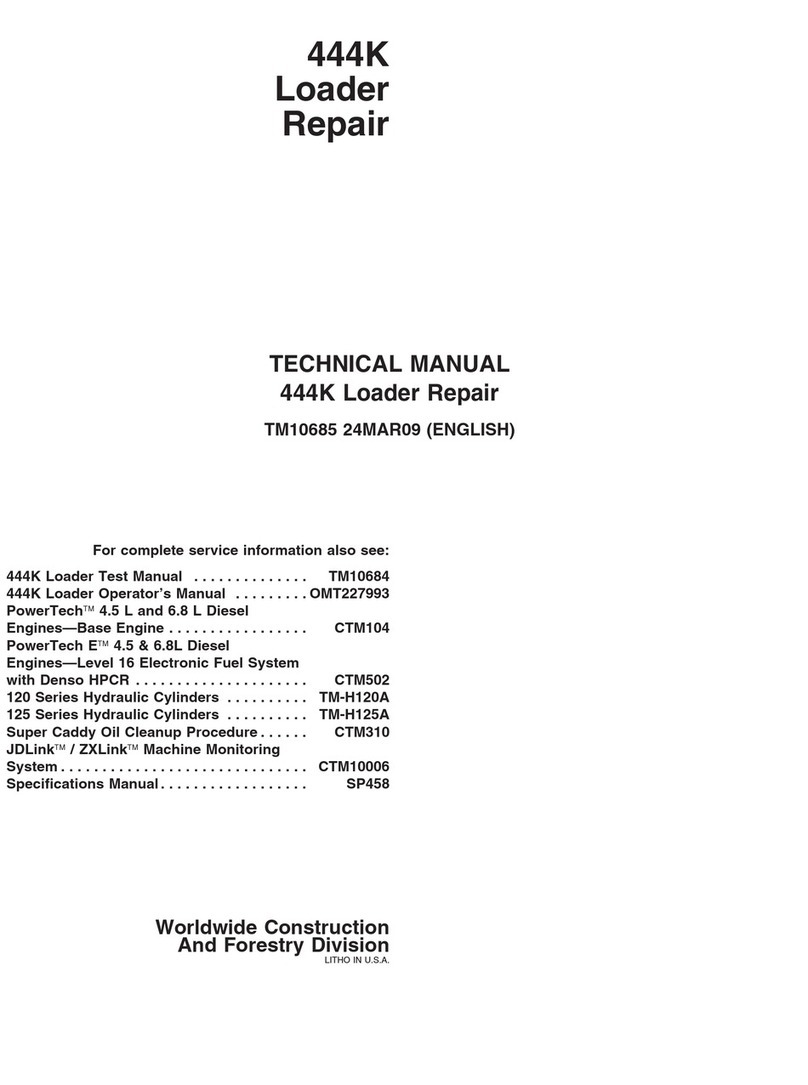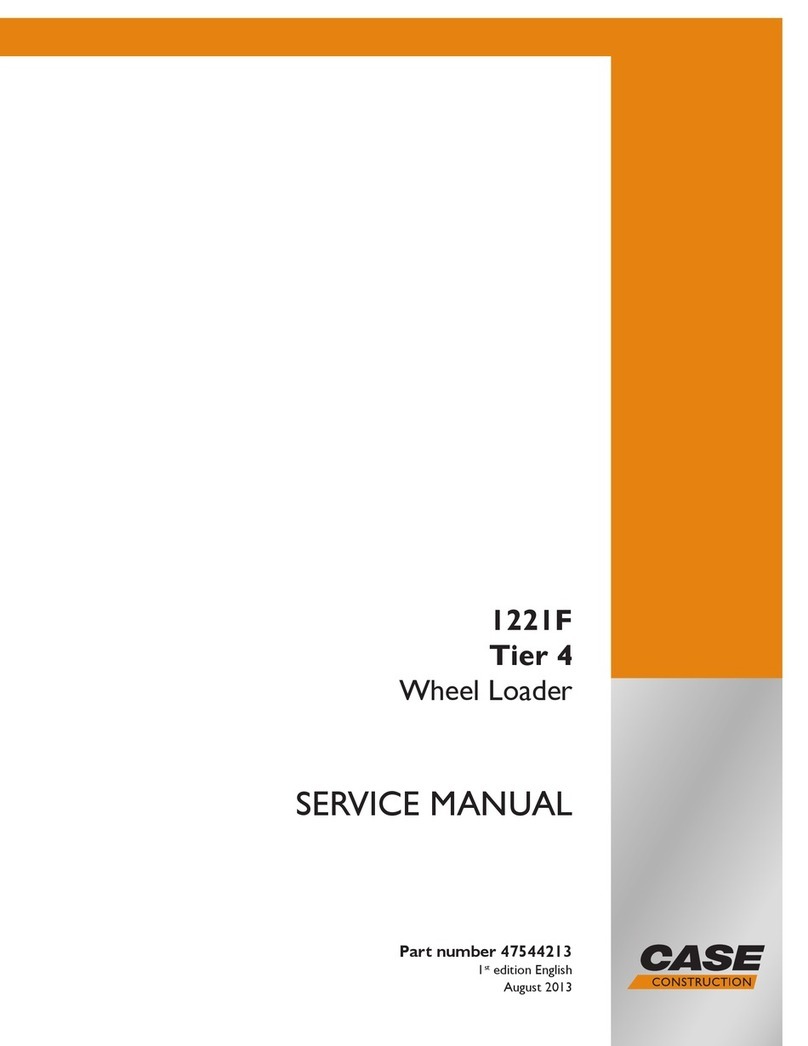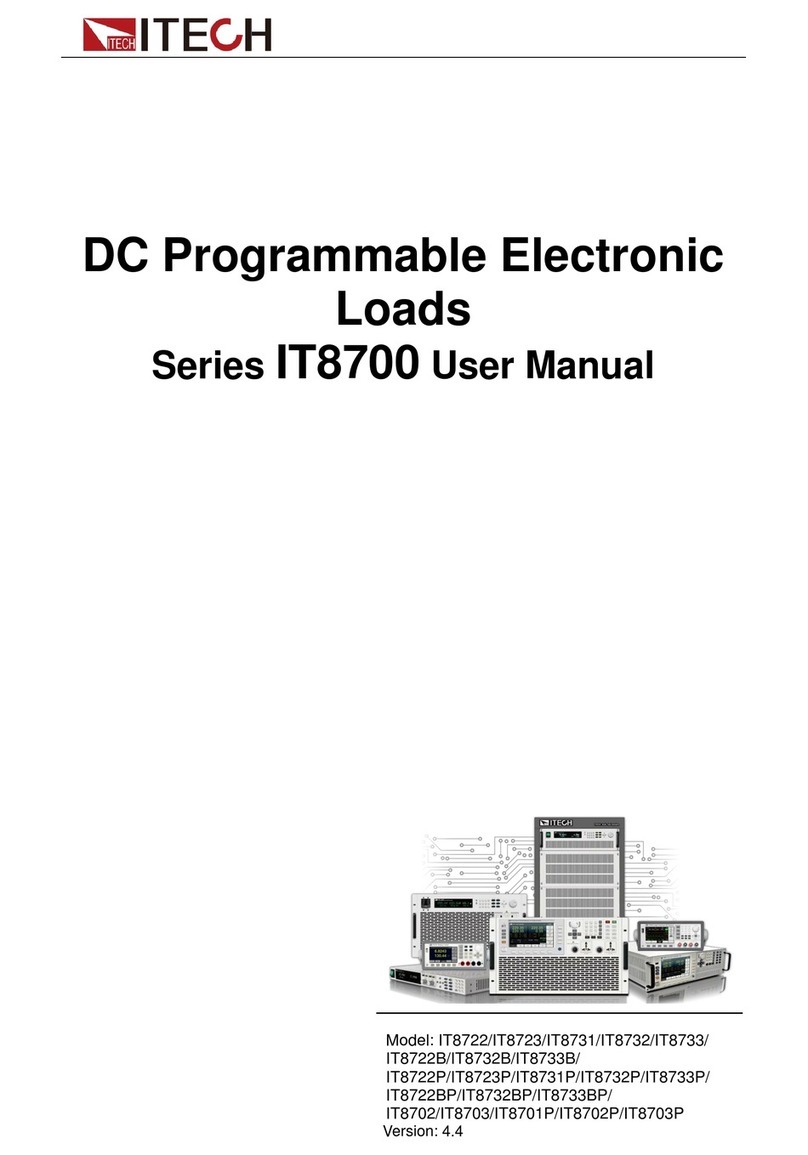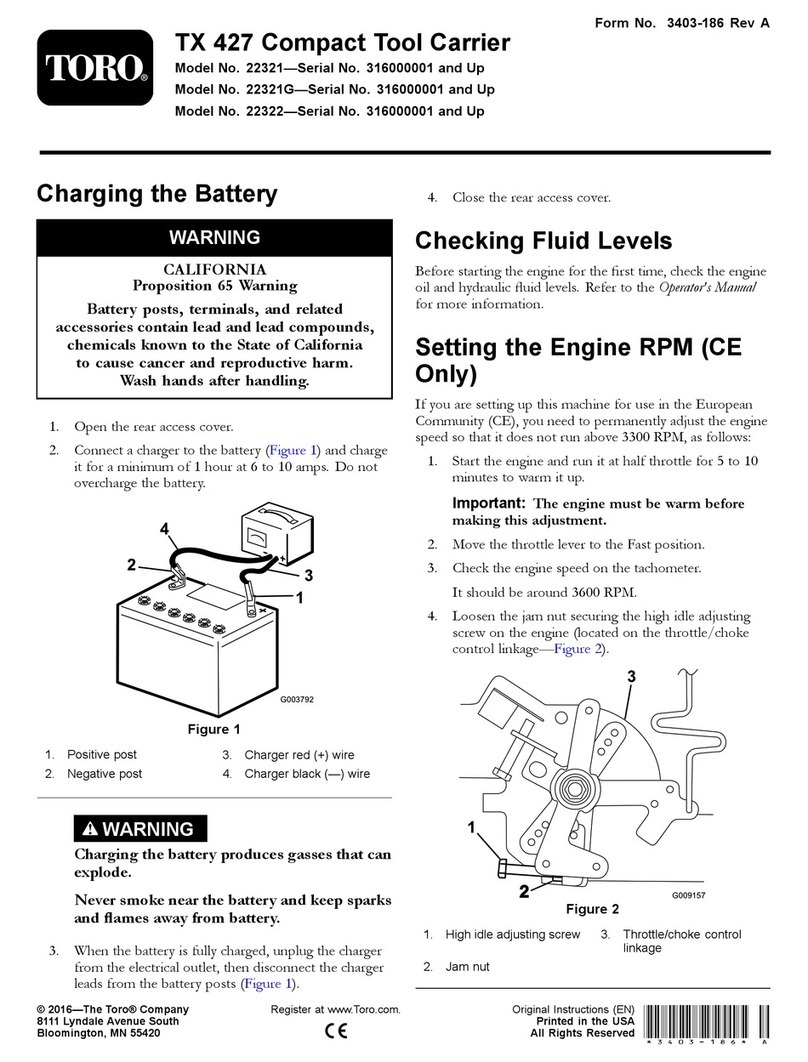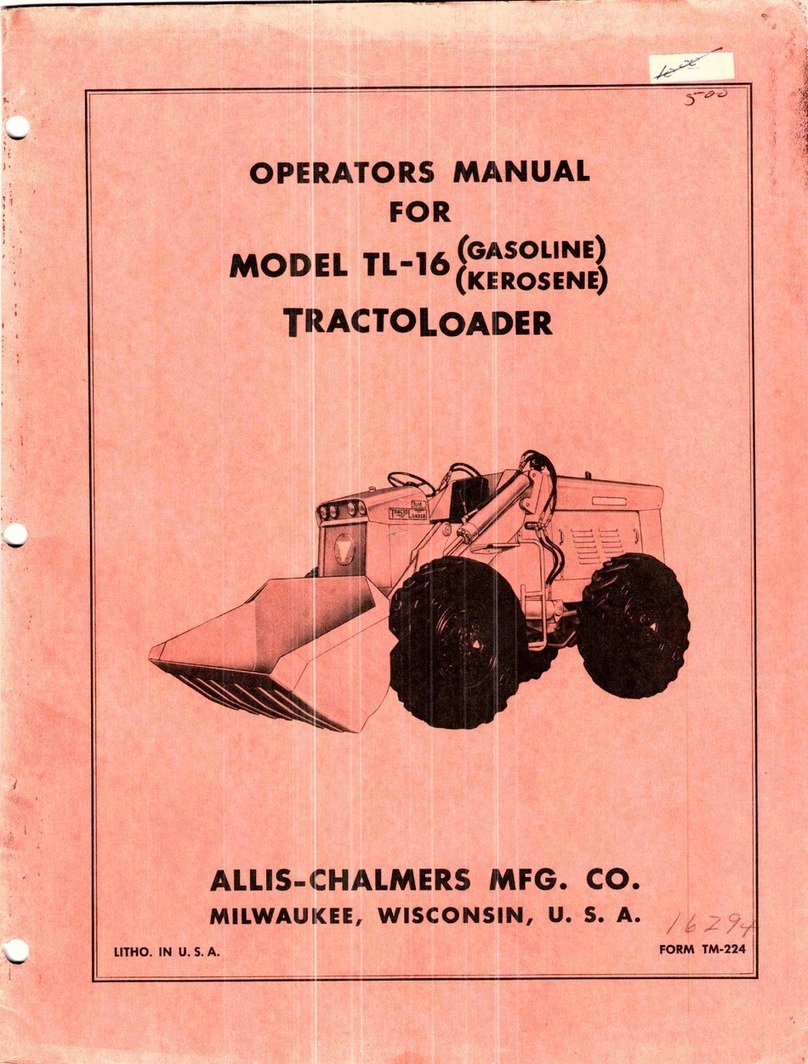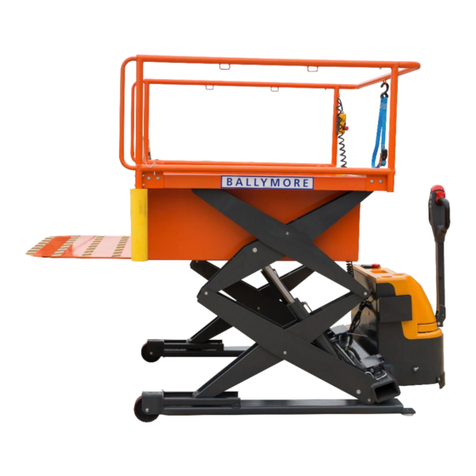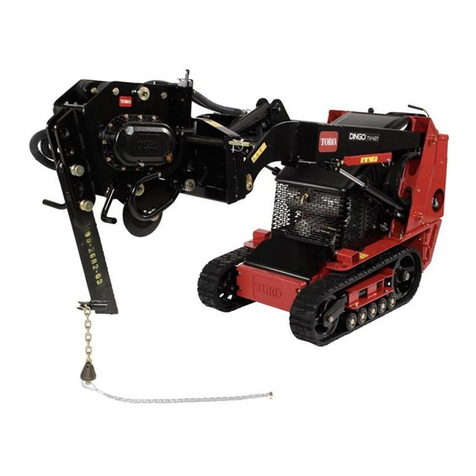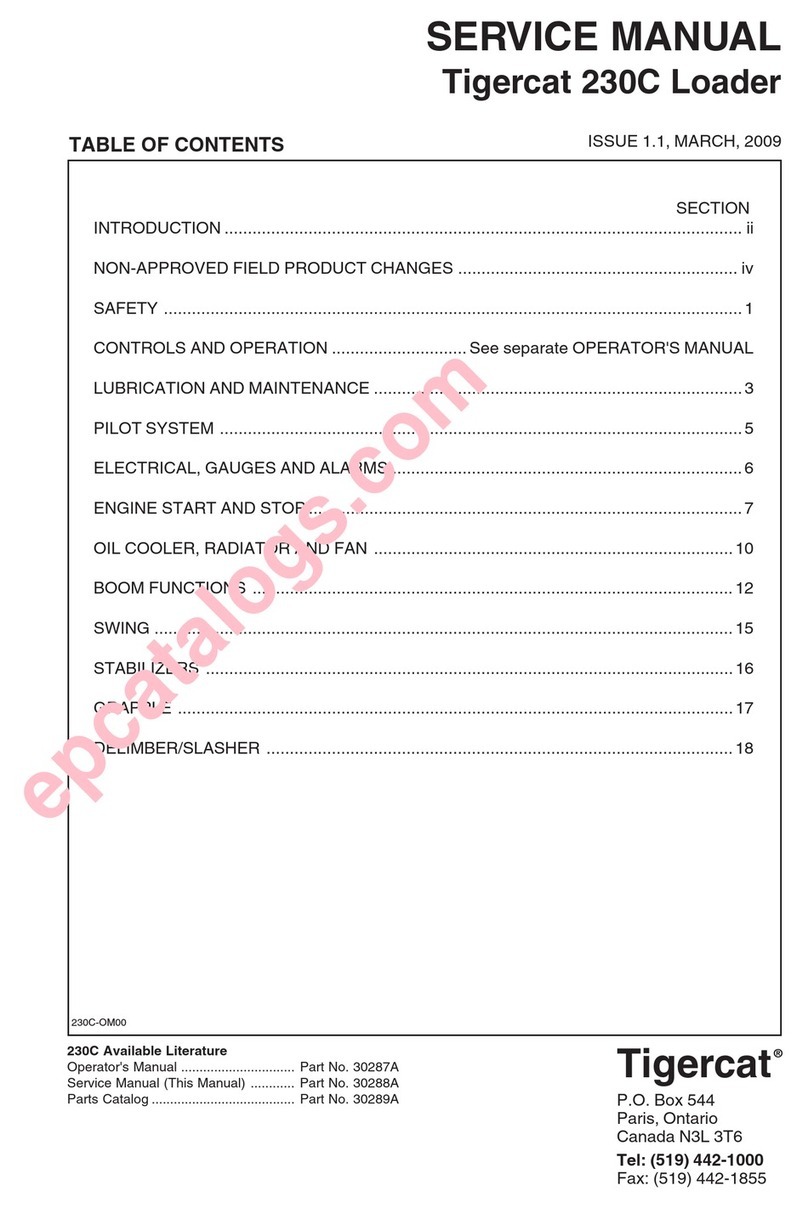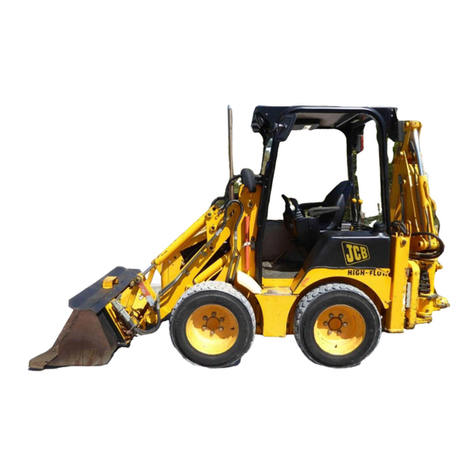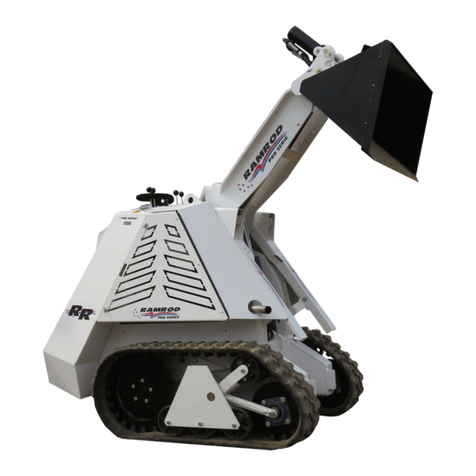IT8912E User’s Manual
Statement
According to the international copyright
law, reproduction of any part of this
manual in any form (including electronic
storage and retrieval or translation into
languages of other countries or regions)
is not allowed without prior permission
and written consent of Itech Electronic
Co., Ltd.
Manual Article No.
IT8912E-402167
Revision
Revision 2, published on
July 2, 2021
Itech Electronic, Co., Ltd.
Trademark Statement
Pentium is a registered trademark of
Intel Corporation in the United States.
Microsoft, Visual Studio, Windows and
MS Windows are trademarks of
Microsoft Corporation in the United
States and/or other countries/regions.
Guarantee
Materials in the document are provided
talis qualis and may be changed in
future revisions without prior notice. In
addition, within the maximum allowable
extent of laws, ITECH is not committed
to any explicit or implied guarantee for
this manual and all information therein,
including but not limited to the implied
guarantee on marketability and
availability for some special purposes.
ITECH shall not be responsible for any
error or incidental or indirect losses
caused by the provision, use or
application of this documents and
information therein. If some guarantee
clauses in other written agreements
between ITECH and users are not
consistent with clauses herein, those
clauses in other written agreements
shall prevail.
Technology license
Hardware and/or software in this
document cannot be provided without a
license and can only be used or copied
according to the license.
Restricted permission statement
Restricted permissions of the U.S.
government. Permissions for software
and technical data which are authorized
to the U.S. Government only include
those for custom provision to end users.
ITECH follows FAR 12.211 (technical
data), 12.212 (computer software).
DFARS 252.227-7015 (technical
data--commercial products) for national
defense and DFARS 227.7202-3
(permissions for commercial computer
software or computer software
documents) while providing the
customized business licenses of
software and technical data.
Safety Statement
“Caution” signs indicate danger. It is
required to pay attention to the contents
of these signs during implementation of
operations.
The damage to the product or loss of
important data may be caused in case of
improper operation steps or failure to
follow operation steps. Do not continue
to implement any improper operation
indicated in “Caution” signs when the
specified conditions are not fully
understood or these conditions are not
satisfied.
“Warning” indicates danger. It is required
to pay attention to the contents of these
signs during implementation of
operation steps. Personal casualties
may be caused in case of improper
operation steps or failure to follow these
operation steps. Do not continue to
implement any improper operation
indicated in “Warning” signs when the
specified conditions are not fully
understood or these conditions are not
satisfied.
NOTE
“Instructions” indicates operation
instructions. It is required to refer to the
contents of these signs during operation
steps. These signs are used for
providing tips or supplementary
information for operators.

